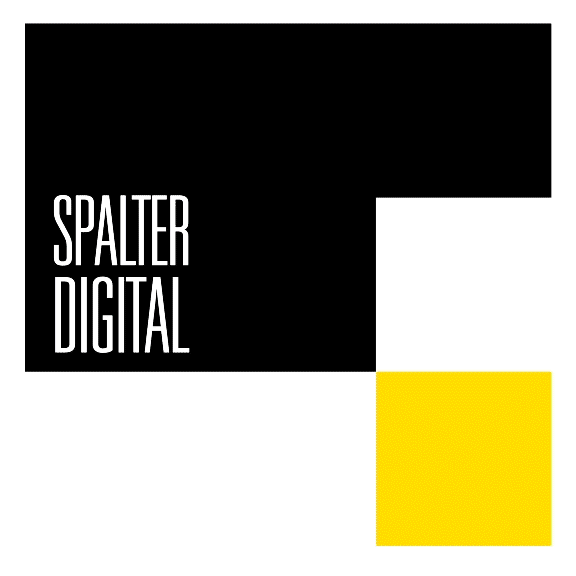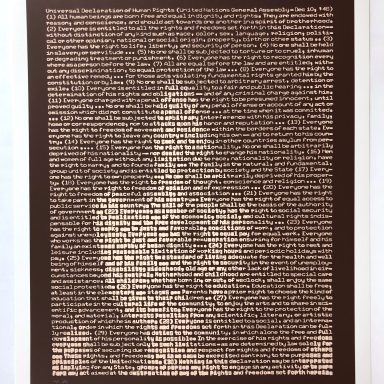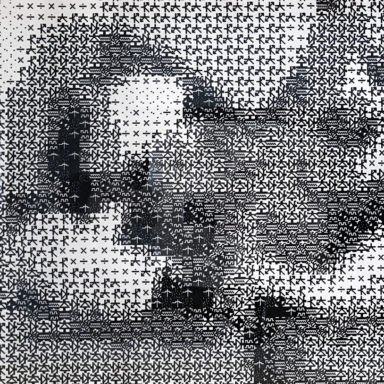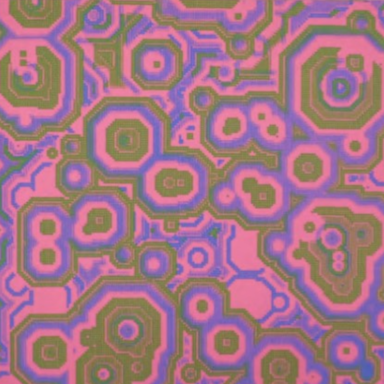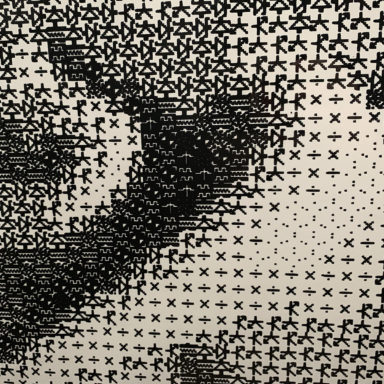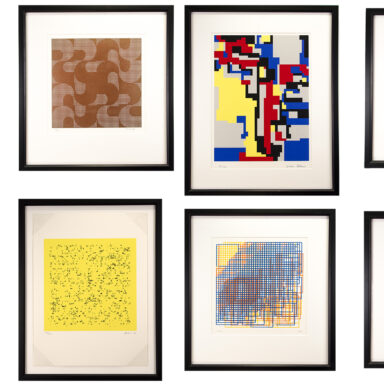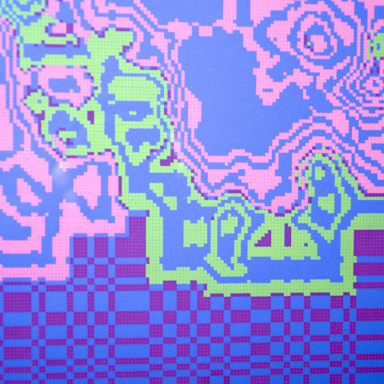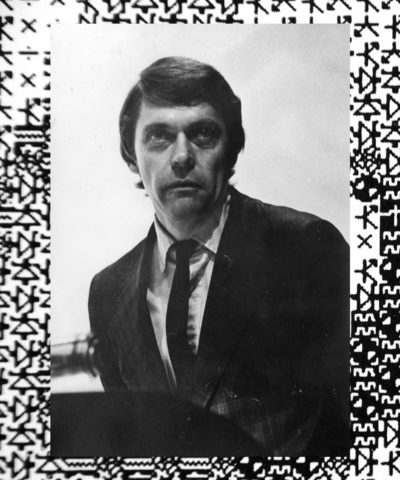
Basic Info
Name: Kenneth C. Knowlton
Country of Origin: US
Website: http://www.kenknowlton.com/
Description
Kenneth C. Knowlton (born 1931 in Springville, New York), is a computer graphics pioneer, artist, mosaicist and portraitist, who worked at Bell Labs.
In 1963, Knowlton developed the BEFLIX (Bell Flicks) programming language for bitmap computer-produced movies, created using an IBM 7094computer and a Stromberg-Carlson 4020 microfilm recorder. Each frame contained eight shades of grey and a resolution of 252 x 184. Knowlton worked with artists including Stan VanDerBeek and Lillian Schwartz. He and VanDerBeek created the Poem Field animations. Knowlton also created another programming language named EXPLOR (EXplicit Patterns, Local Operations and Randomness).[1][2][3]
In 1966, Knowlton and Leon Harmon were experimenting with photomosaic, creating large prints from collections of small symbols or images. InStudies in Perception I they created an image of a reclining nude (the dancer Deborah Hay), by scanning a photograph with a camera and converting the analog voltages to binary numbers which were assigned typographic symbols based on halftone densities. It was printed in The New York Times on 11 October 1967, and exhibited at one of the earliest computer art exhibitions, The Machine as Seen at the End of the Mechanical Age, held Museum of Modern Art in New York City from November 25, 1968 through February 9, 1969.[1][4][5]
Knowlton’s work had been previously exhibited at Cybernetic Serendipity, an exhibition held at the Institute of Contemporary Arts in London from August 2 to October 20, 1968.[6]
Knowlton is the co-inventor of Ji Ga Zo, U.S. release date March 30, 2011. Ji Ga Zo is a puzzle in which the user assembles a mosaic from 300 shaded pieces to form a digitized image from the user’s own photograph.
